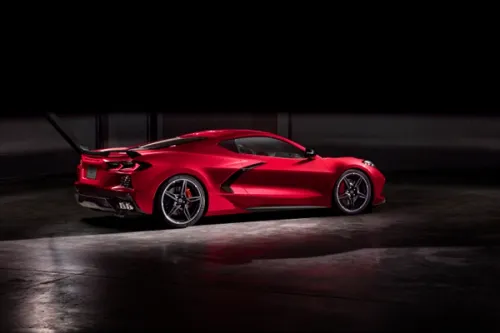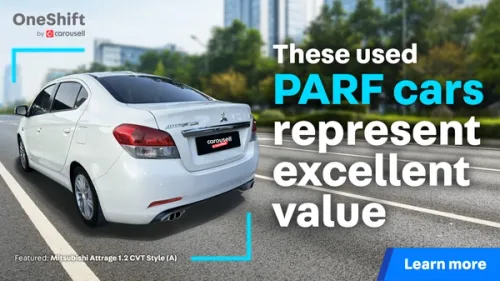Geneva Motorshow news: Ferrari HY-KERS hybrid vettura laboratorio
Ferrari is showcasing two major additions to its green credentials at the Geneva Motor Show.


The first of these is the Stop & Start system sported by the Ferrari California, an industry first on a high-performance sports car, while the second is the HY-KERS, a “vettura laboratorio” (experimental vehicle) which reveals to the public for the first time the hybrid solutions being developed by Maranello’s engineers.
Introduced with effect from March for the Ferrari California, the Stop & Start System cuts both fuel consumption and CO2 emissions by 6 per cent in the ECE + EUDC combined cycle, emitting around just 280 g/km, an excellent value for a high performance naturally-aspirated sports car. The Stop & Start cuts in virtually instantaneously - just 230 milliseconds, a time so fast that the driver barely notices the engine restarting.
This solution is a further step in Ferrari’s on-going strategy to reduce fuel consumption and emissions by working 360 degrees on all aspects of the cars. For example the Ferrari California’s direct-injection V8 boasts very low levels of friction. Purge valves in the crankcase counteract the differences in pressure below the pistons which normally increase losses. Other solutions also reduce friction, such as the DLC (Diamond Like Carbon) treatment of the valve followers and the highly polished cam lobes, an innovation that has now been adopted across the range.
The other new arrival from Ferrari at the Swiss show is more future-focused and gives the public its first glimpse of the HY-KERS vettura laboratorio which can reduce CO2 emissions by 35 per cent on the combined cycle (ECE + EUDC). The HY-KERS is based on the 599 GTB Fiorano but importantly, the technology may one day be fitted to all future Ferraris, 8- and 12-cylinders alike, regardless of their engine position. Thanks to ongoing research combined with experience gained in Formula 1, the new technology developed at Maranello actually accentuates the cars’ sporty character and driving involvement.
One of the principle objectives of the project is ensuring that Ferrari will be in a position to comply with future CO2 emissions standards, particularly in terms of the urban cycle. City driving is traditionally where sports cars are most penalised as their engines are designed for maximum efficiency and performance at high revs, whereas the urban cycle involves low revs and low engine loads.
There are many original aspects to the new Ferrari hybrid transmission, starting with its architecture. Firstly, weight distribution has not been altered. This is thanks to positioning the batteries below the floorpan of the car, and the use of a compact electric motor coupled to the rear of the F1 dual-clutch gearbox. Not only does this layout not affect dynamic performance, it actually improves it, by lowering the centre of gravity. Cockpit room and luggage space are also unaffected.
Maranello’s engineers also employed Ferrari’s track experience in the design, engineering and manufacture of this innovative electric motor which produces over 100 hp. The algorithms and control logics controlling the torque, traction and braking distribution functions are directly derived from Formula 1.
The solution adopted for the HY-KERS represents just one of the possible technologies for the future, but in the meantime Ferrari continues to evolve its models and increase their overall efficiency. Thus research continues into reducing drag, improving rolling resistance of tyres and lowering weight as well as working on reducing engine friction to increase efficiency.
Ferrari’s research into reducing energy consumption has not been focused merely on its cars but also extends to the various production methods employed throughout the Maranello factory where the entire manufacturing process is carried out, from the foundry to the final assembly. In the course of 2010, Ferrari will cut CO2 emissions by 30,000 tons (-40 per cent) and Particulate Matter (PM) levels by 65 per cent. This will be achieved thanks to the company’s photovoltaic system and Italy’s largest trigeneration plant (which produces electricity, hot and cold water), making Ferrari entirely self-sufficient from an energy point of view. This reduction also means that Ferrari will meet the Kyoto protocol objectives a full 10 years ahead of schedule and with double the figure imposed on Europe.
Credits:


Get the Best Price for your used car
from 500+ dealers in 24 hours

- Convenient and Hassle-Free
- Consumer Protection
Transparent Process
With No Obligation








